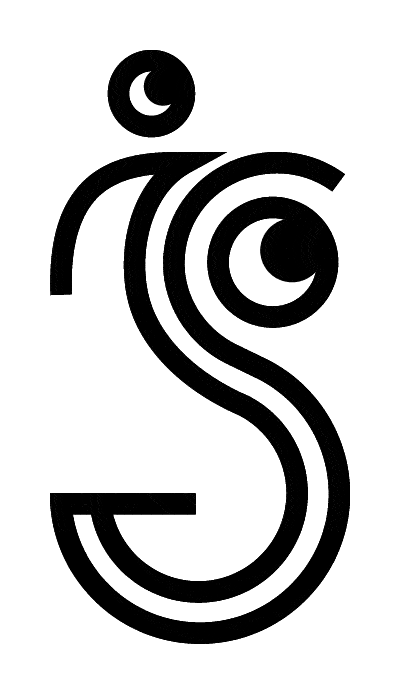VR Interaction design for realworld one
In my role as a VR UX/UI designer, I specialized in creating 2D and 3D interfaces for tailor-made VR training and collaboration tools. The scope of my work involved creating 2D interfaces that users interacted with using laser pointers within the virtual environments we developed as well as different virtual 3D objects the user interacted in a more embodied manner.
VR technology provides a range of interaction methods with virtual objects and surroundings, such as the use of different gestures, head position, and sigh tracking, as well as presence, which I leveraged to create novel interaction methods.
The majority of applications I worked on comprised a combination of 2D UI screens, interactive 3D objects, animations, VFX, and cinematic techniques embedded in immersive environments. The design process heavily emphasized ergonomics and spatial considerations to enhance the overall user experience.
The UX/UI design process in VR mirrors that of any other design project. Throughout various projects, I:
-
Conducted user interviews and testing and other design research methods
-
Facilitated workshops to gather information and guide decision-making.
-
Designed and documented spatial maps, user flows, paths, stakeholder maps, user stories, and user profiles.
-
Planned design projects using SCRUM and LEAN methods, incorporating user stories, dailies, sprints, kanban flow, and more.
-
Employed tools such as Figma, Blender, After Effects, and ShapesXR to design 2D and 3D interactions.
-
Utilized Figma, Blender, Photoshop, Illustrator, and other tools to create visuals.
-
Collaborated with diverse disciplines, including CSMs, 3D and VFX artists, animators, and developers to bring designs to life.
-
Prototyped designs using Figma, Blender, ShapesXR, and Unreal Engine.
-
Managed design-developer project deliveries, oversaw design implementation, and conducted quality assurance check-ups.
Beyond VR app design, I also extended my expertise to traditional web and desktop-based interfaces that played a crucial role in supporting the use of these VR applications. These web/desktop systems were equally user-facing, demanding meticulous thought and a high aesthetic quality.




